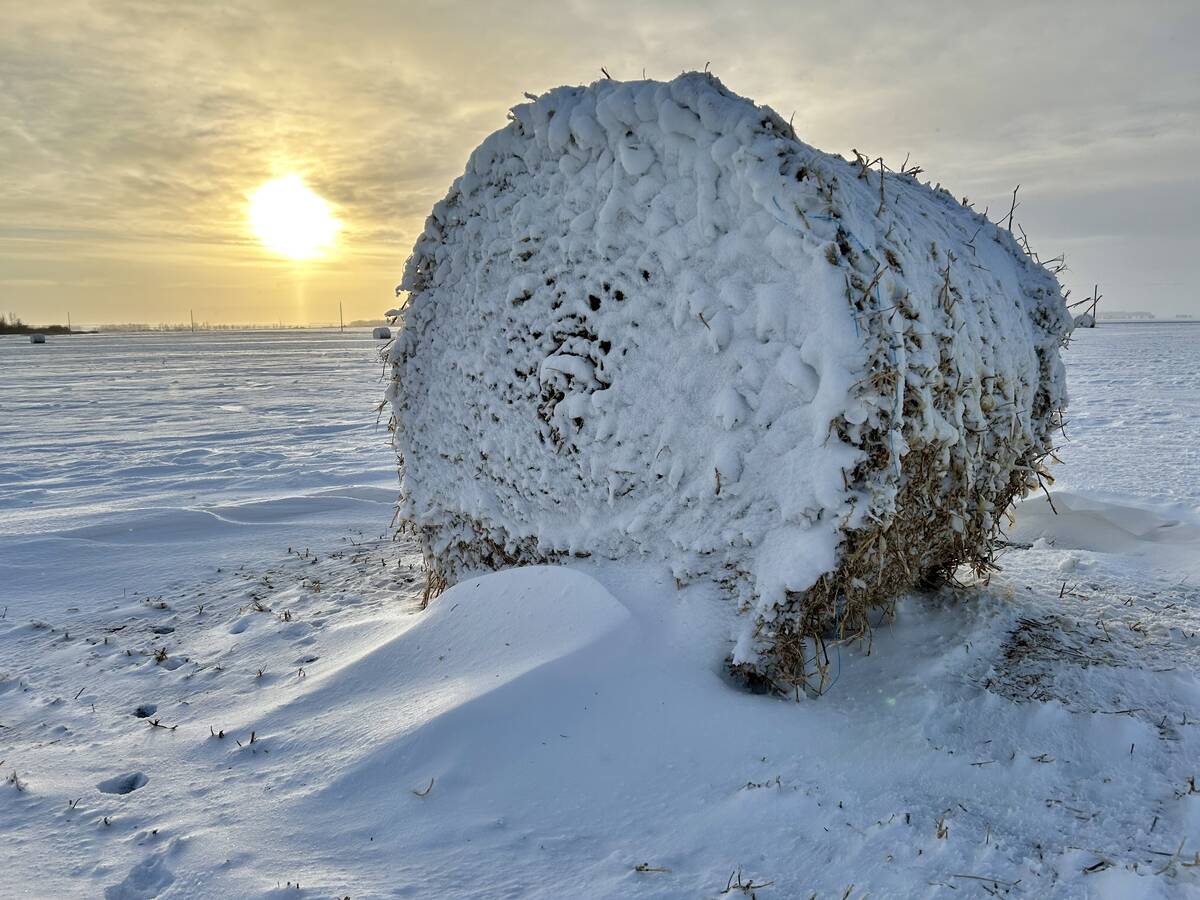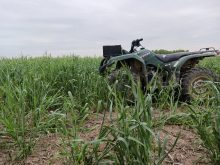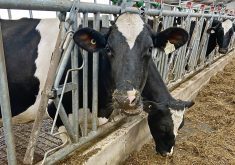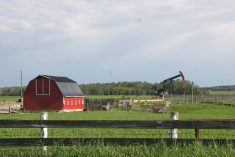The Rockies are getting warmer, and that may mean big trouble for Alberta’s irrigation farmers.
Our western mountains have warmed up by about 2 to 5 over the last 40 or 50 years, and while it hasn’t affected average annual precipitation, warming can reduce the amount of moisture that falls as snow and increase the rainfall portion. It’s become warmer and drier in summer, which has a big effect on the plants and wildlife that can survive in the mountains. More important for irrigators, rain is more quickly transferred into streams, and that means in early winter or spring, stream flow can’t be held in reservoirs because managers have to ensure there’s capacity available for late-spring rains.
Read Also

Prairie winter snowfall forecast 2025-2026
How much snow should farmers in Alberta and elsewhere on the Canadian Prairies expect for the rest of December 2025 and into January-February 2026?
Climate change expert John Pomeroy says winter minimum temperatures near his research site in Kananaskis are about 4 C warmer than 40 years ago.
“So far, spring warming is less than the changes in winter temperature,” says Pomeroy, Canada Research chair in water resources and climate change at the University of Saskatchewan.
“It’s different here because it’s colder. When it’s 20 C and it warms by 4 C, so what? Everything is still frozen.”
Spring bigger threat
Snow is nature’s reservoir. Water managers know from the snowpack how much capacity they need in the reservoir system when it thaws in June. A change in May, or even April, makes much more difference, says Pomeroy, and in the last five years two-thirds of our moisture has come after April 1.
This is just the beginning of changes with far-reaching consequences, according to Pomeroy. All the models predict another 4 C of warming and they’ve been accurate so far, he says. Once the whole winter warms up by 4 C, Pomeroy expects we’ll lose half the snowpack in the high Rockies, and will have crossed a tipping point for our natural water storage.
“Without snowpack we’ll have no natural storage,” he says. “Some streams are already having much earlier peaks in their water flow.”
The St. Mary’s Irrigation District draws much of its water from Glacier National Park in Montana, where 25 per cent of the glaciers have already disappeared and the remainder are shrinking fast, following a 3 to 5 rise in mean temperatures. Pomeroy calls glaciers indicators, rather than water sources. He expects they’ll be replaced by snow, and snowpack areas will become rain dominated. Rainfall may change, but even with constant average rains we’ll likely see more floods and more droughts.
Allocation difficult
Allocating water is going to be a contentious issue, he says.
“Management is a bigger issue than nature,” he says. “We’re pushing the system right to the edge, and the next big drought will get us. A three-or four-year drought would push us right over the edge.”
He also bemoans the lack of study of water supplies for irrigators in Canada.
“We desperately need some resources,” he says. “USDA has had a strong focus on the mountains and their irrigation water-holding capacity for years we have none. Alberta Environment monitors the eastern slopes, but for flood forecasting. It’s crazy.
“When it comes to the crunch, maybe the policy will be to shut down irrigation; it uses 70 per cent of the water. Our current system can work through a year or so of drought, but for how long? Probably not as long as three years.”
Pomeroy is studying the impact of forest management on snowpack- holding capacity. He suspects a forest that mimics nature with small clear cuts simulating the effects of small fires or some pine beetle impact will hold more snow than either areas of dense unbroken forest or huge clear-cut areas.
“A little forest management is a lot cheaper than a huge dam,” he says.
———
“Withoutsnowpack we’llhavenonatural storage.Somestreams arealreadyhavingmuch earlierpeaksintheir waterflow.”
John Pomeroy














